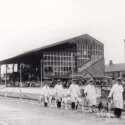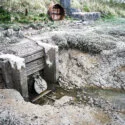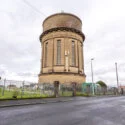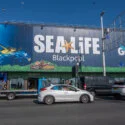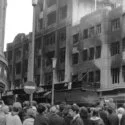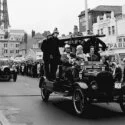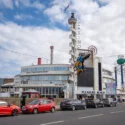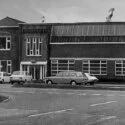Hidden among the trees in Salisbury Woodland Gardens near Stanley Park, just next to Blackpool Zoo, stands a hexagonal concrete pillbox bunker — a relic from one of the most tumultuous periods in modern history. Built in 1940, this reinforced structure was part of Britain’s inland defence network during the Second World War. Though modest in size, it played a crucial role as a lookout post for Stanley Park Municipal Airport, which itself became a key military asset during the war. Originally opened in 1931 as Blackpool’s primary civil airport, Stanley Park Municipal Airport was requisitioned by the Royal Air Force shortly after the outbreak of war. It quickly transformed into a parachute training school for RAF personnel and other Allied forces. Beyond training, the airport became a hub for aircraft maintenance and modification, including bomber assembly. It was also involved in coastal defence activities, such as reconnaissance missions and submarine patrol coordination, aimed at protecting Britain’s western seaboard.
The pillbox, designed to be manned by either regular troops or the Home Guard — civilian volunteers who trained to defend Britain from invasion — was constructed with thick reinforced concrete walls and narrow slits for observation and potential gunfire. Its hexagonal shape and low profile made it harder to detect and target, while giving a wide field of view over the surrounding area. From this vantage point, those inside could keep watch for enemy aircraft or saboteurs approaching the airport or nearby military installations. Today, this wartime structure still stands silently among the foliage, mostly unnoticed by the many visitors to the neighbouring zoo or the nearby sports facilities. Its enduring presence is a subtle but powerful reminder of how Blackpool, a town better known for its seaside entertainment and tourism, was once on high alert, playing its part in the national war effort.
Further evidence of Blackpool’s defensive preparations can be found elsewhere in the area. Another pillbox remains visible beside Fleetwood Road, guarding one of the main routes into town. A third stands on the grounds of South Shore Cricket Club, once positioned to monitor open land that could have been used for enemy landings or sabotage. Each of these bunkers was part of a broader network of wartime fortifications hastily constructed across Britain in anticipation of a German invasion that, thankfully, never came. Though their military purpose has long since faded, these pillboxes remain as enduring monuments to the resilience and readiness of wartime Britain. They serve as quiet yet poignant links to a time when vigilance and community defence were vital to the country’s survival — even in a seaside resort town like Blackpool.
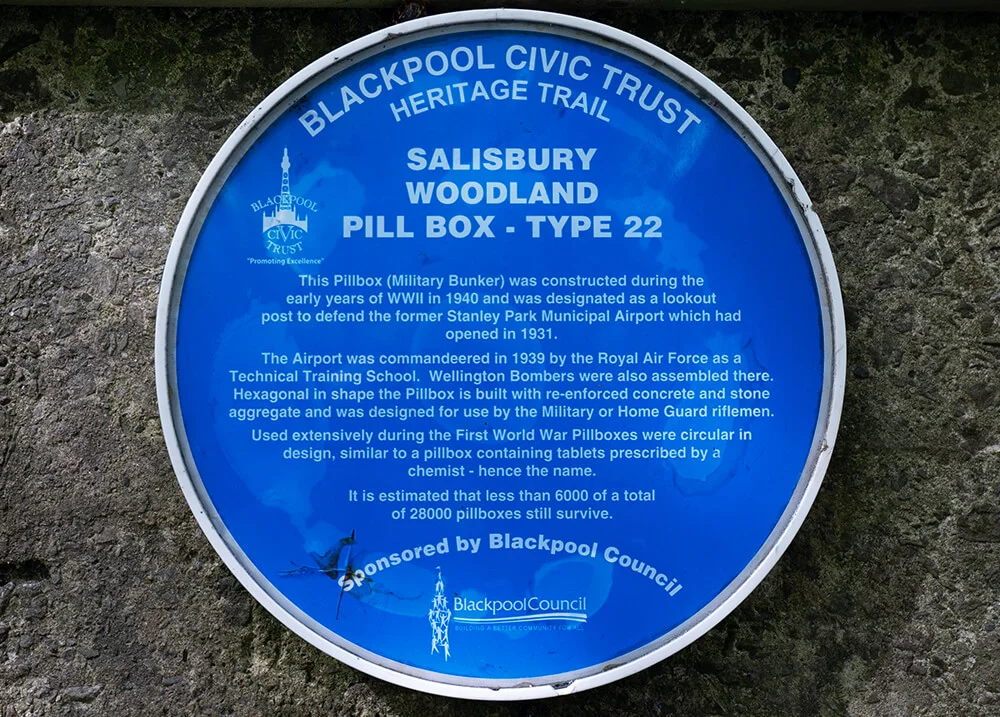
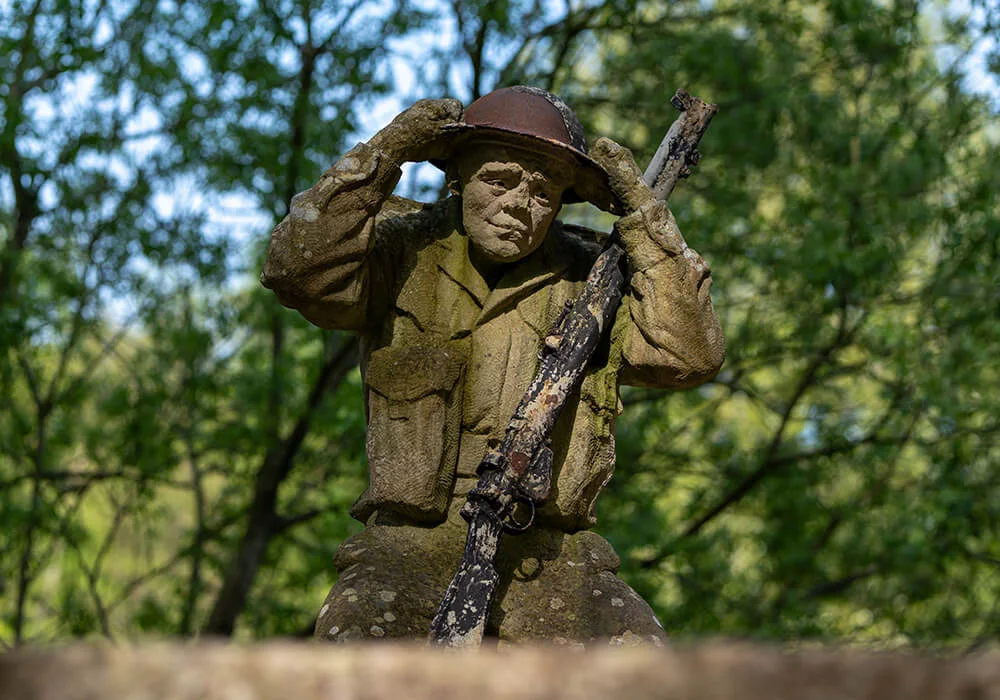
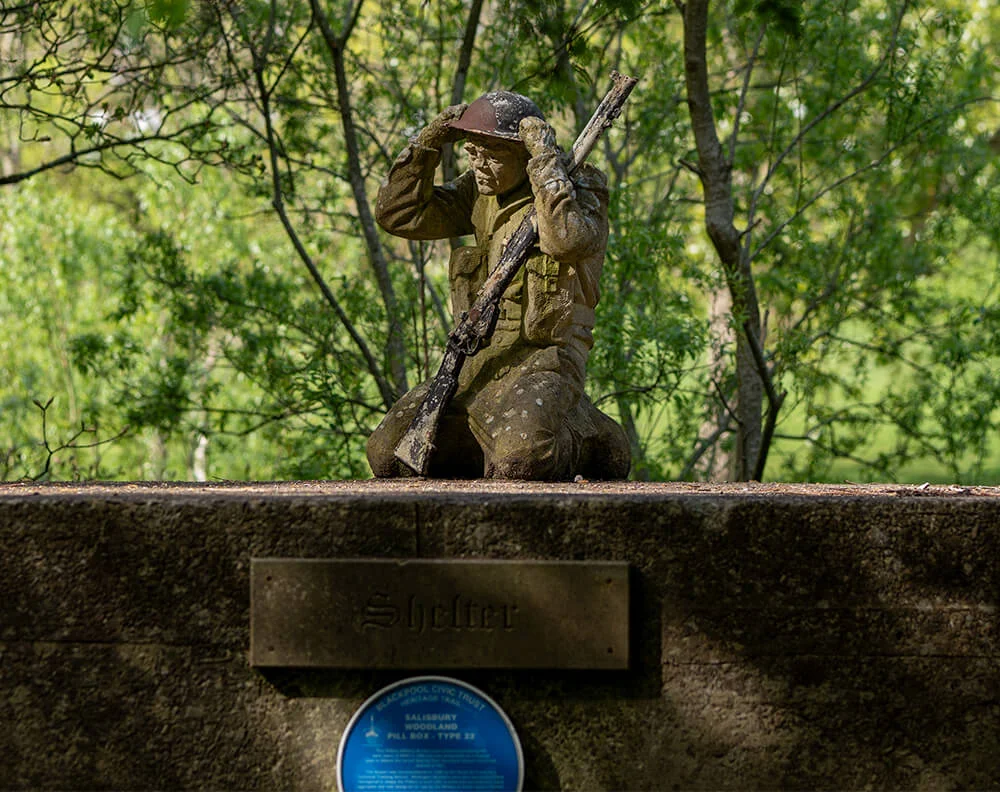
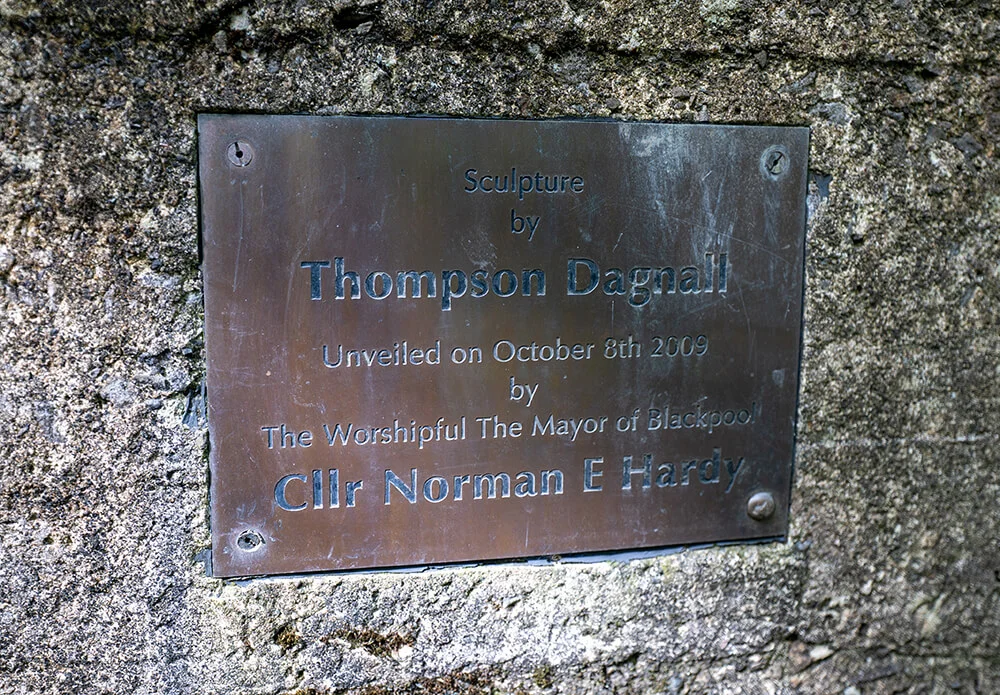
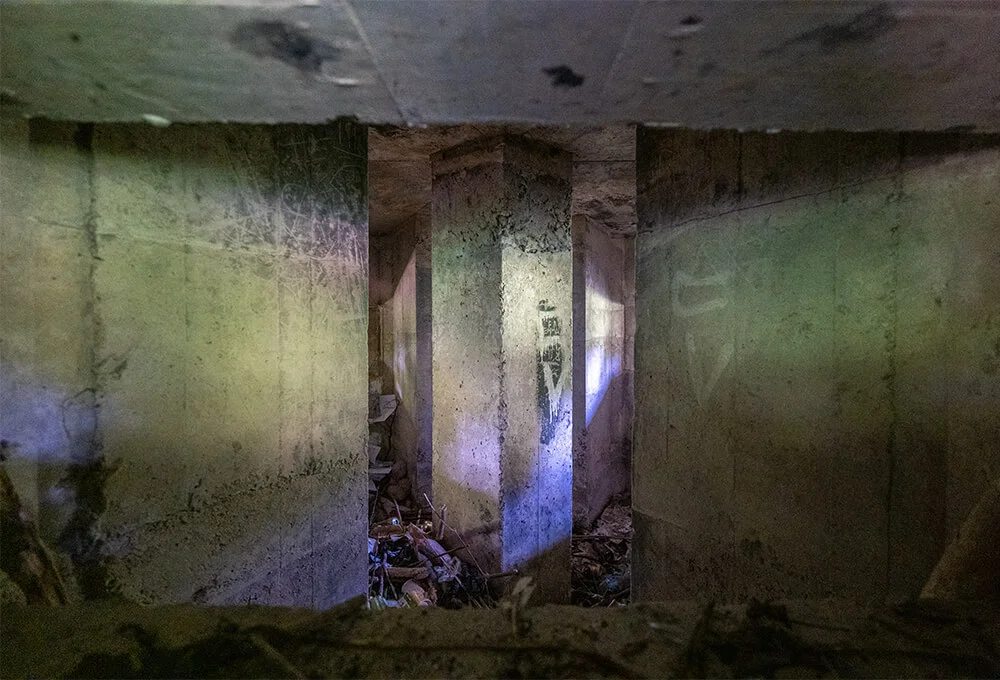
These three images inside the bunker were taken with long exposures. You can’t see much with the unaided eye as very little light seeps through the small openings.


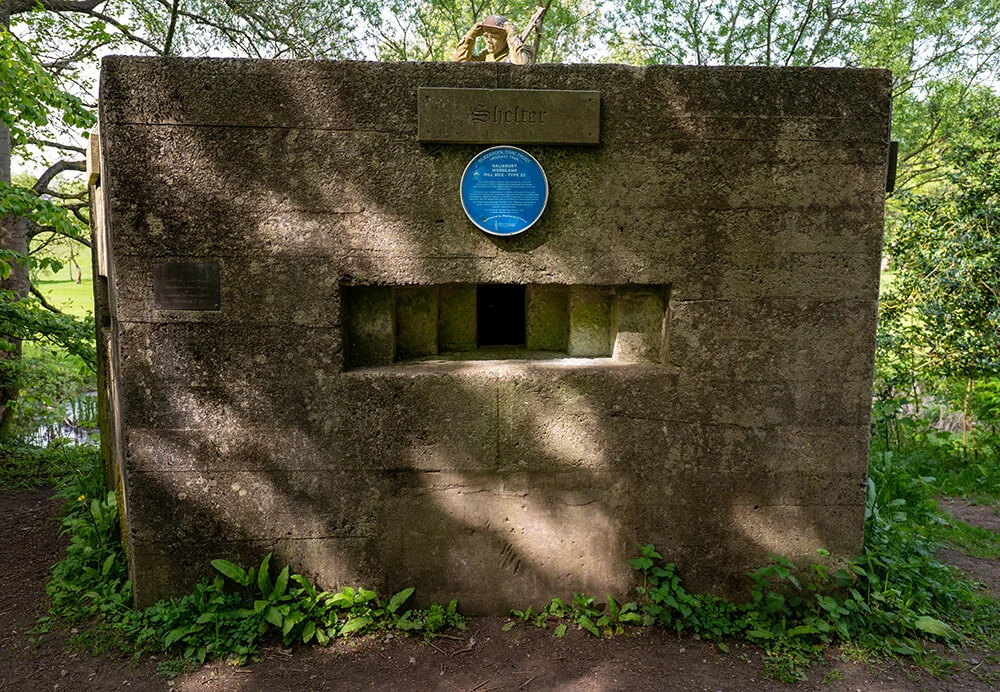
Images by © Deeper Blue Marketing & Design Ltd



